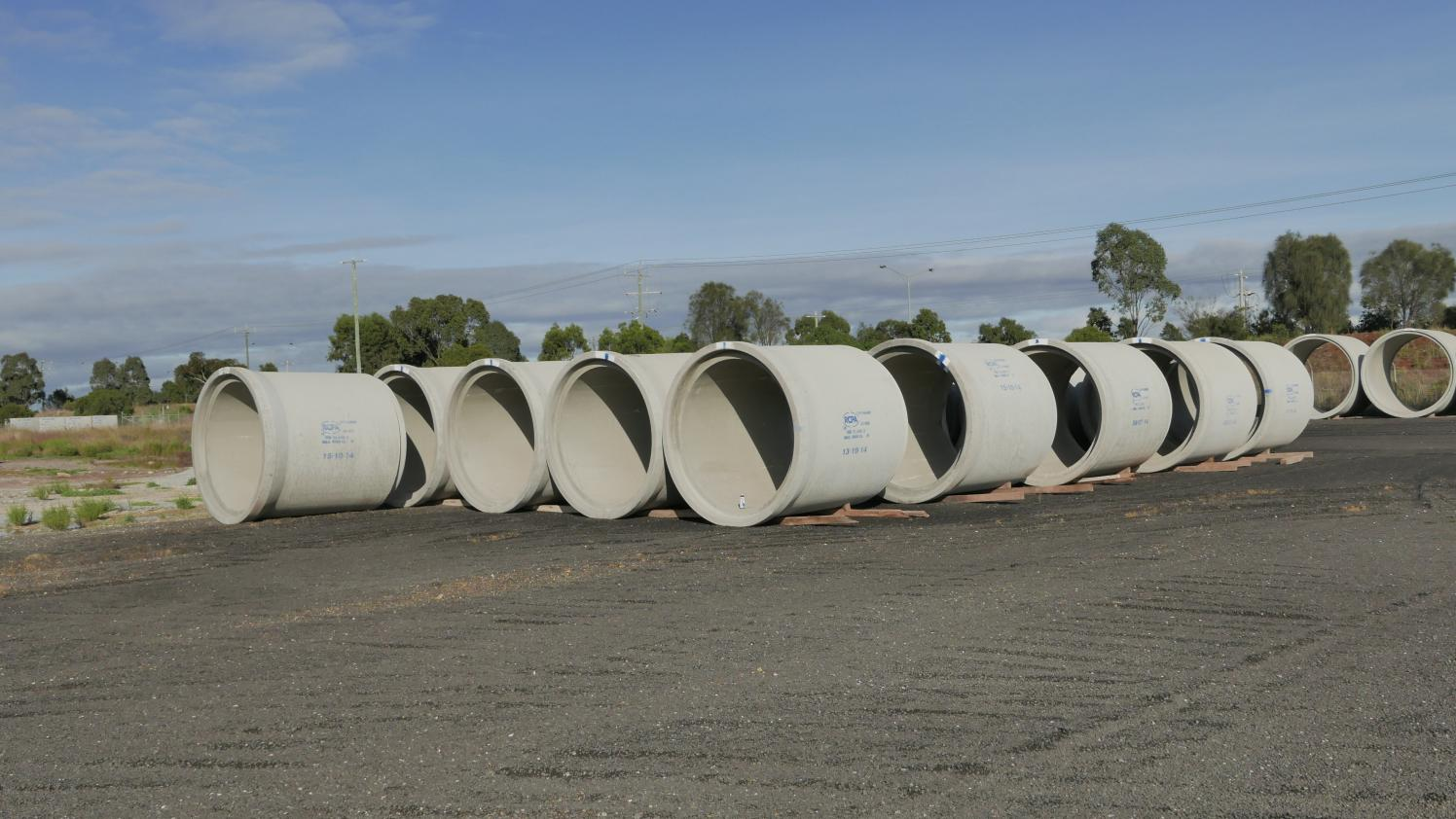11월 . 13, 2024 15:57 Back to list
pouring cast iron
The Art and Science of Pouring Cast Iron A Comprehensive Overview
Pouring cast iron is an age-old technique that melds artistry with engineering, resulting in a material that has been celebrated for its strength, durability, and versatility. This process, which transforms molten iron into solid cast iron products, has vast applications ranging from cookware to automotive parts. Understanding the intricacies of pouring cast iron can enrich one’s appreciation for this material and its uses in modern manufacturing.
The Basics of Cast Iron
Cast iron is an iron-carbon alloy with a carbon content greater than 2%. It is renowned for its excellent casting characteristics, meaning it can be easily poured into molds and retains intricate shapes once solidified. The primary types of cast iron include gray iron, ductile iron, white iron, and malleable iron, each with unique properties resulting from variations in chemical composition and processing methods.
Gray iron, the most common form, has a high carbon content and demonstrates excellent castability, wear resistance, and machinability. Ductile iron, on the other hand, features added alloying elements that increase tensile strength and ductility, making it suitable for applications requiring more toughness.
The Pouring Process
The pouring of cast iron begins with the melting of raw materials. The core components are pig iron, scrap iron, and various alloying elements that tailor the final product's properties. The melting typically occurs in a furnace, such as an electric arc furnace or cupola, where temperatures exceed 1,500 degrees Celsius.
Once molten, the iron is carefully poured into prepared molds—often made from sand or metal—designed to shape the final product. The pouring process is critical; it requires precision to ensure that the molten iron fills the mold completely and uniformly, avoiding defects like air pockets or inclusions that can compromise the integrity of the casting.
In the pouring phase, several factors come into play. The temperature of the molten metal needs to be monitored closely. If too hot, it can lead to oxidation and loss of surface quality. If too cool, it may not fill the mold properly, leading to casting failures. Therefore, experienced foundry workers employ a combination of technological tools and traditional knowledge to achieve the optimal pouring conditions.
pouring cast iron

Cooling and Finishing
After pouring, the cast iron is allowed to cool and solidify within the mold. This phase is crucial as it determines the microstructure of the finished product. For instance, cooling rates can affect whether the resultant product will be brittle or ductile. Depending on the type of cast iron desired, cooling can be expedited or controlled to obtain specific properties.
Once solidified, the casting is removed from the mold. This stage may involve several finishing processes, including machining, grinding, and surface treatment. These activities enhance the product's appearance and functional performance. For cookware, such as cast iron skillets, seasoning is an essential step where oil is applied to create a non-stick surface and improve resistance to rust.
Applications in Modern Industry
The versatility of cast iron makes it an indispensable material in various industries. In the automotive sector, cast iron is commonly used for engine blocks, brake discs, and exhaust manifolds due to its excellent wear resistance and thermal conductivity. In construction, cast iron pipes and fittings are favored for their strength and durability, often utilized in plumbing and drainage systems.
Moreover, in culinary arts, cast iron cookware remains a staple, cherished for its ability to retain and distribute heat evenly. Chefs and home cooks alike appreciate the natural non-stick properties that develop over time, making cast iron skillets and Dutch ovens sought-after kitchen tools.
Conclusion
Pouring cast iron is more than just a manufacturing process; it is a profound interplay of science and craft that has stood the test of time. This age-old technique continues to evolve, embracing modern technologies while preserving traditional methods. As industries grow and innovate, the significance of cast iron remains, proving that this remarkable material will endure in the ever-changing landscape of manufacturing and beyond. Understanding the nuances of pouring cast iron unveils a world of possibility—both for those who create it and those who use it.
-
Centrifugally Cast Iron Water Main Pipe | Ductile Iron Solutions
NewsAug.24,2025
-
Durable Cast Steel Concrete Pipe Mold Bottom Rings & Base Trays
NewsAug.23,2025
-
Centrifugally Cast Iron Water Main Pipe for Reliable Mains
NewsAug.22,2025
-
Durable Centrifugally Cast Iron Water Main Pipe
NewsAug.11,2025
-
Centrifugally Cast Iron Water Main Pipes for Reliability
NewsAug.10,2025
-
High-Quality Centrifugally Cast Iron Water Main Pipes
NewsAug.09,2025


